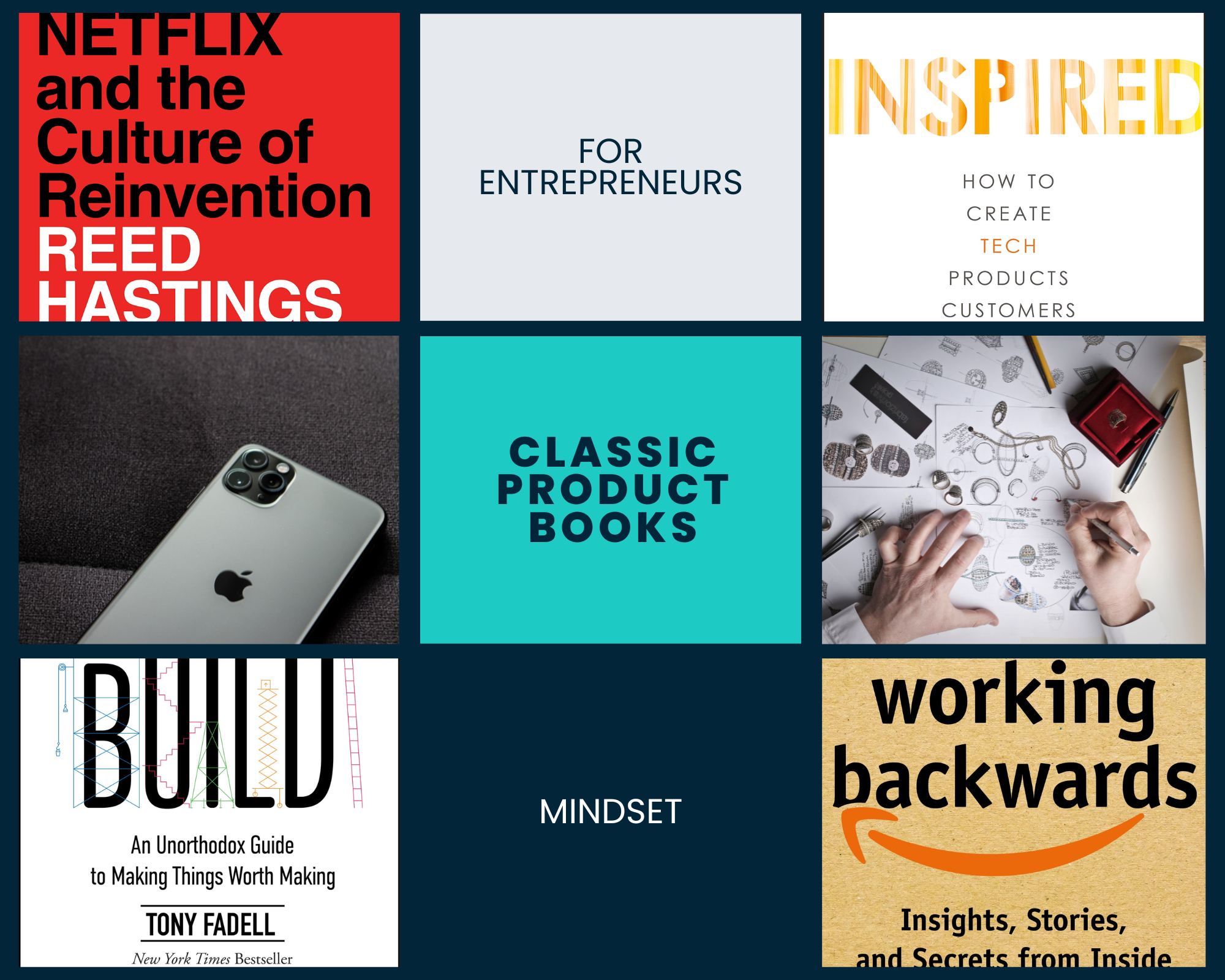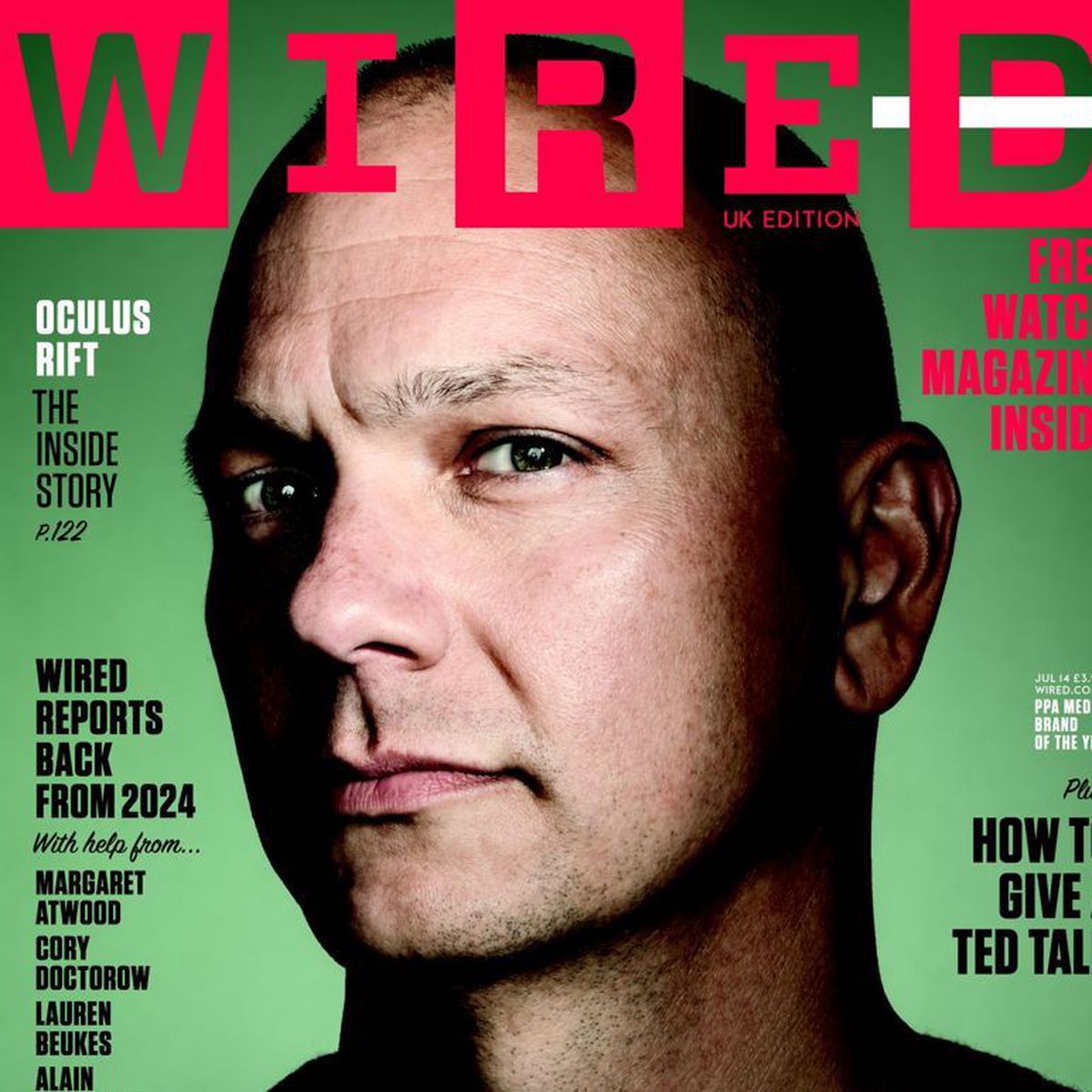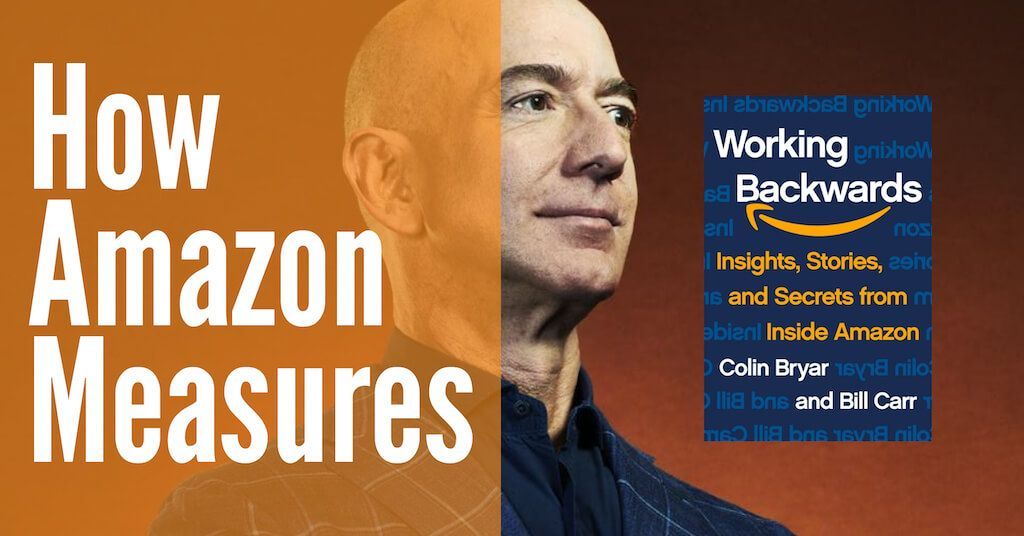3 Amazing Product Books Every Entrepreneur Must Read Religiously
"Build" by Tony Fadell, "Working Backwards" by Bill Carr, and "Inspired" by Marty Cagan are all books that Entrepreneurs can use to build world-class products.

Software and technology are eating the world, yet it's hard to find authoritative books that we regularly use to guide us through the path of uncertainty and complexity that we face when creating new products.
In other areas, such as management and leadership, there are timeless classics such as "Good to Great" by Jim Collins. We have the classic viral "Start With Why" from Simon Sinek to find our purpose. But what do entrepreneurs read when they want to build a brand-new product or service? Well, I just completed a study of three books I think you should regularly read to create a breakthrough product, service or company.
"Build" by Tony Fadell, "Working Backwards" by Bill Carr, and "Inspired" by Marty Cagan are all books related to product development, but they each have different focuses and approaches.
Similarities:
- All three books discuss product development and provide insights and best practices for creating successful products.
- They all emphasize the importance of customer-centricity and user research in creating successful products.
- They all highlight the value of iteration and experimentation in product development.
Differences:
- "Build" by Tony Fadell focuses on the design process and how to create functional and beautiful products. It emphasizes the importance of user-centred Design and provides insights into Fadell's experience in developing products such as the iPod and Nest.
- "Working Backwards" by Bill Carr focuses on the product development process at Amazon and how the company has achieved its success through customer-centricity, rapid experimentation, and a focus on long-term goals. The book provides insights into Amazon's unique culture and processes.
- "Inspired" by Marty Cagan focuses on the role of product management in product development. It provides insights into the skills and traits necessary for successful product management and emphasizes the importance of collaboration, experimentation, and iteration in creating successful products.
In summary, while all three books share some common themes, they each have a unique focus and approach to product development, with "Build" emphasizing Design, "Working Backwards" emphasizing Amazon's unique approach, and "Inspired" emphasizing product management.
"Build" by Tony Fadell:

Tony searches for form and function, trained intensely by his time in Cupertino with Mr Steve Jobs.
Quote: "Design isn't just about aesthetics; it's also about functionality, and making sure something works well and does what it's supposed to do. Great Design is not just a veneer—it's a whole different way of thinking about a product, from start to finish."
Example: Fadell discusses how his team at Nest approached the Design of their thermostat, not only to make it aesthetically pleasing but also to make it intuitive and easy to use. They conducted user research to understand how people interact with thermostats and made design decisions based on those insights.
"Working Backwards" by Bill Carr:

There's a lot of thinking and strategy that goes on at Amazon. You can sense this from the stories Bill shares from the Seattle-based company.
Quote: "There's no one-size-fits-all solution to developing products, but if there's one guiding principle that's served us well at Amazon, it's the importance of starting with the customer and working backwards."
Example: Carr shares how Amazon developed the Kindle e-reader by starting with the customer and working backwards. They conducted extensive research to understand how people read and what they wanted in an e-reader and used those insights to inform the development of the Kindle.
"Inspired" by Marty Cagan:

Marty is all about the product and the team. He offers a unique sense of the roles and leadership great product design requires.
Quote: "The role of product management is to discover a product that is valuable, usable, and feasible."
Example: Cagan provides an example of how the product team at eBay developed the Buy It Now features, which allowed users to purchase items without going through the auction process. The team conducted extensive user research to understand why some users were not participating in auctions and used those insights to develop the Buy It Now features, which became a significant source of revenue for eBay.
Product Frameworks from each book
While each book focuses on the end user, they have varying approaches to finding the magic in a product.

"Build" by Tony Fadell:
Framework: Fadell introduces a framework for Design called "The 3 Ps" - People, Process, and Product - which emphasizes the importance of understanding the needs of the people who will use the product, establishing a solid design process, and creating a great product.
Example: Fadell uses "The 3 Ps" framework throughout the book to discuss his experiences designing products such as the iPod and Nest and to provide advice on how to approach product design.
"Working Backwards" by Bill Carr:

Framework: Carr introduces the "Working Backwards" framework, which consists of six stages: working backwards, writing a press release, writing a Frequently Asked Questions (FAQ) document, developing a visual mockup, creating a working prototype, and executing the plan.
Example: Throughout the book, Carr uses the "Working Backwards" framework to provide insights into Amazon's product development process and practical advice on applying the framework to other organizations.
"Inspired" by Marty Cagan:

Framework: Cagan introduces a framework for product discovery that consists of four stages: understanding the market, empathizing with the customer, defining the product, and validating the product.
Example: Cagan uses this framework throughout the book to advise on how to approach product discovery and provides examples of companies such as Apple and Netflix that have used the framework to create successful products.

